|

PartArt4OW is looking for interdisciplinary and intersectoral projects mixing
creative
art, science and participatory practices in innovative ways.
They believe that collaborations between these typically
disassociated areas, may help to take ocean literacy
to another level.
KEY
INFORMATION
Total project cost: € 1.937.562,50
Total project funding: € 1.937.562,50
Duration: 01.09.2024 – 28.02.2027
Link to Cordis: Participatory Art for Society Engagement with Ocean and Water | PartArt4OW | Project | Fact sheet | HORIZON | CORDIS | European Commission
PROJECT CHALLENGE & OBJECTIVE:
Participatory Art for society engagement with Ocean and Water (PartArt4OW)” is a 30-months Horizon Europe coordination and support action funded by the European Commission under the HORIZON-MISS-2023-OCEAN-01-11 (Ocean & water and arts: the contribution of creative sectors to
Mission Ocean and waters).
In line with the objectives of “Mission Restore our Ocean and Waters by 2030” and the
Ocean
Decade, PartArt4OW aims to:
- Strengthen the emotional attachment between society and the oceans and waters;
-
Raise awareness of ocean and water challenges;
-
Develop a strong transdisciplinary and trans-European network of artistic and creative communities to protect and restore oceans and inland water;
-
Support policymakers in working towards sustainable ocean and
water
policies.
To this end,
PartArt4OW
focuses on participatory art and creative processes on the belief that participation can bring about a deeper engagement of people with the problem of ocean and water health by performing arts themselves.
Building upon the belief that art and the creative sector can contribute to the EU Mission Starfish 2030 priorities, PartArt4Ocean mobilises artists, citizens and other stakeholders in realising 20 multi-stakeholder Participatory Art Initiatives. All modes of artistic expression and synergies with EU-funded projects are welcome.
Selected Participatory Art Initiatives receive physical resources, human capital such as training, experience, mentorship, relationships and feedback, and organisational capital such as structure, planning, monitoring, and internal relationships, through a PartArt4OW Accelerator Program. To support Participatory Art Initiatives,
PartArt4OW also organises stakeholder engagement and ecosystem-building activities, including Ambassadors Network engaged in mutual learning exercise and the operationalization of PartArt Sailing Lab equipped with sustainable sailing and artistic production facilities on board to visit and connect creative communities engaged in Participatory Art Initiatives.
The project has been endorsed by the United Nations Ocean Decade programme as a Decade Action.
ROLE OF THE CMMI:
CMMI will cover the field of scientific knowledge and training, ecosystem building and animation, scientific communication, engagement with institutional / policy processes. CMMI will lead WP4- Stakeholder engagement and ecosystem building. It will develop an initial map of stakeholders from the scientific, artistic and creative sector and citizen science communities, and a digital social mapping of existing research activities, projects and initiatives in
Europe
combining art, science and participation for the Ocean
and water. A pan-European survey will be deployed as a mutual learning exercise that will allow to understand the impediments and potential of science-art collaborations with the aim of spreading art-science collaboration and community empowerment in the field of ocean and water literacy, protection and restoration. CMMI scientists will act as scientific mentors during the PartArt4OW acceleration program.
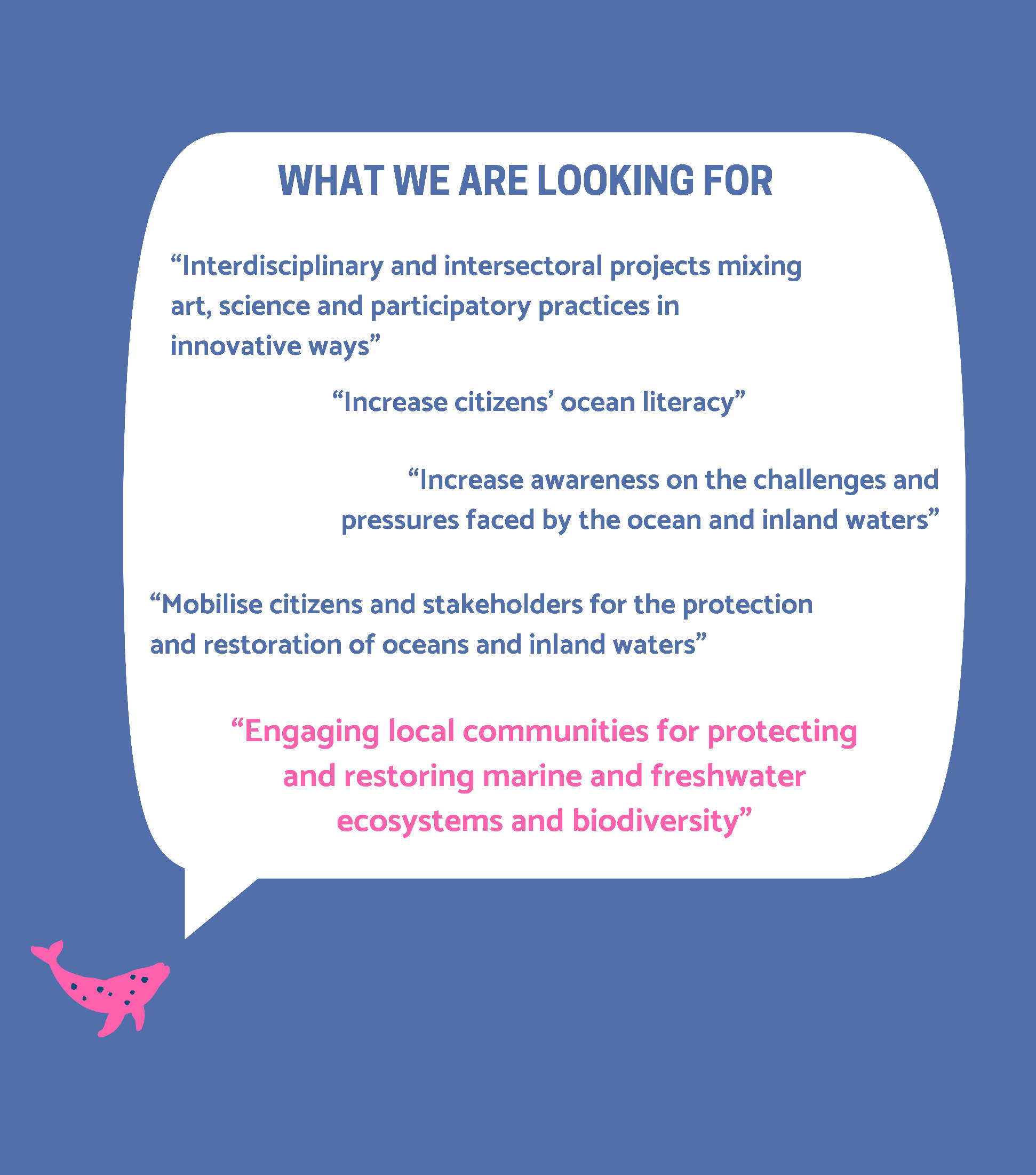 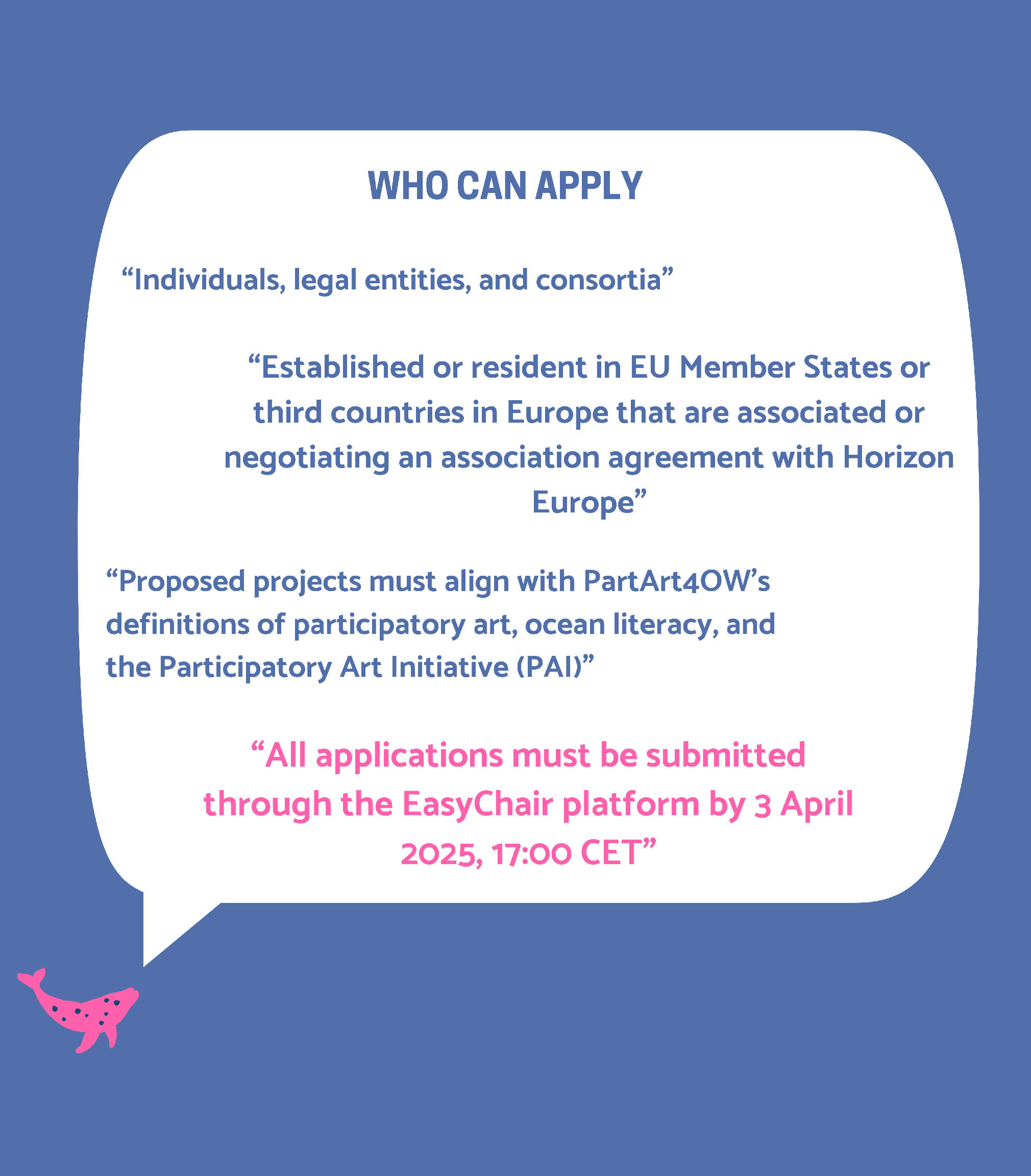
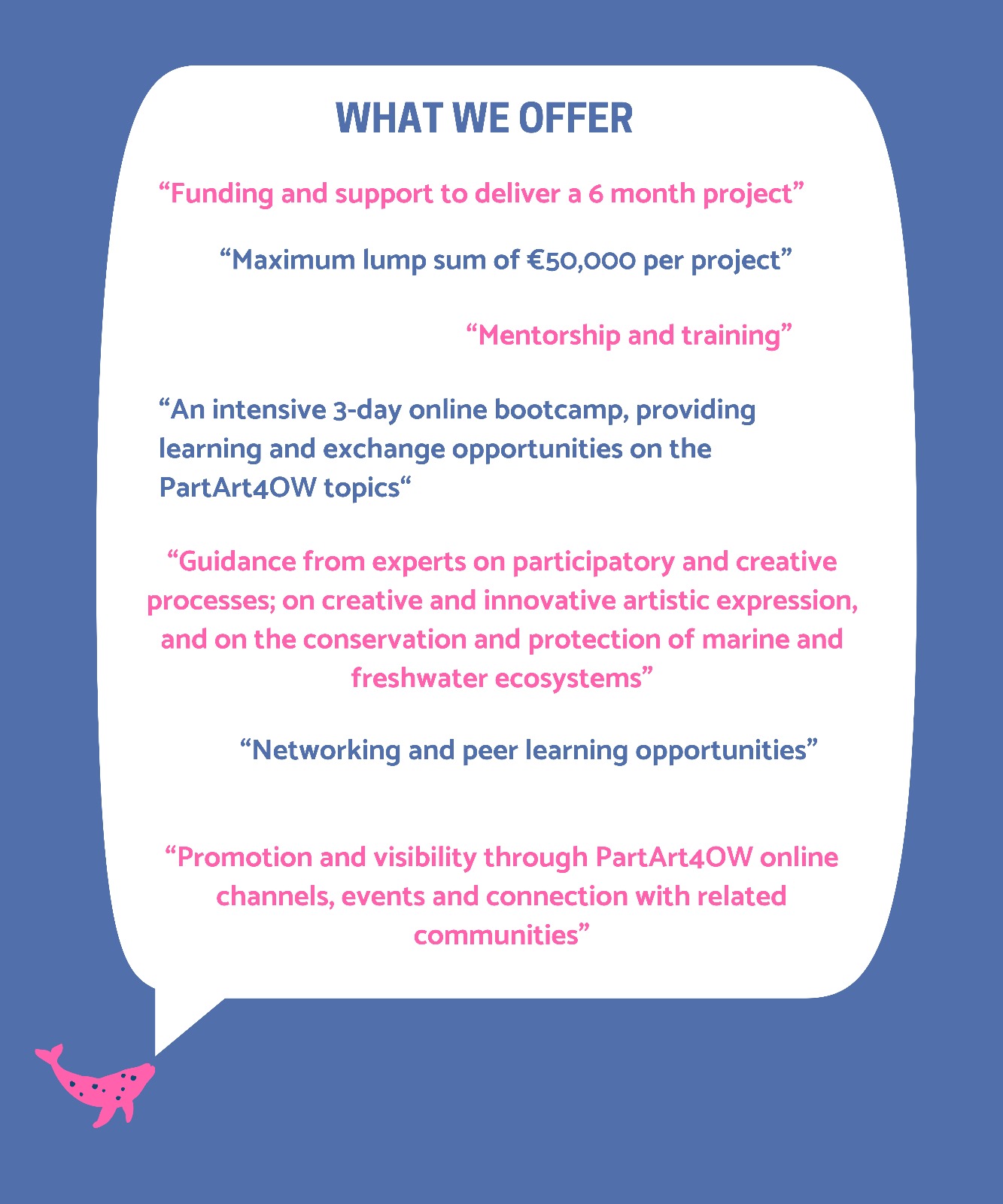
WAS
HERMAN MELVILLE THE FIRST OCEAN ACTIVIST?
Herman Melville's Moby Dick is a classic American novel that tells the story of
Captain
Ahab's obsessive pursuit of a white sperm whale named Moby Dick. The novel is a complex exploration of themes such as revenge, obsession, the relationship between man and nature, and the destructive power of human ambition.
How might that equate to the EU's PartArt4OW
call?
Moby Dick has also been interpreted as an anti-whaling novel, with some critics arguing that Melville used the story to expose the brutality and cruelty of the whaling industry. The novel's portrayal of the whale as a majestic and intelligent creature, capable of inspiring awe and fear, has resonated with readers for generations.
Ahab's Obsession and the Whale's Revenge
Captain Ahab's monomania is driven by a deep-seated desire for revenge. In a previous encounter, Moby Dick bit off Ahab's leg, leaving him permanently disabled and consumed by a lust for vengeance. Ahab's obsession with the whale blinds him to the dangers of his pursuit, leading him and his crew to their doom.
The novel depicts the whale as a powerful and intelligent creature, capable of outwitting and destroying its human adversaries. Moby Dick's actions are not portrayed as mindless or malicious, but rather as a response to the aggression and violence of the whalers. In this sense, the whale can be seen as a symbol of nature's power and the futility of human attempts to dominate it.
The Cruelty of Whaling
Moby Dick also provides a vivid portrayal of the harsh realities of whaling. The novel describes the physical and emotional toll of the whaling voyage, the brutality of the hunt, and the environmental impact of the industry. Melville's descriptions of the whale hunt are often graphic and disturbing, highlighting the suffering of both the whales and the whalers.
The novel's publication coincided with a growing public awareness of the environmental impact of whaling. In the mid-19th century, as whale populations began to decline, there was a growing movement to protect these animals. Moby Dick helped to raise awareness of the plight of whales and contributed to the growing public opposition to whaling.
A Timeless Tale of Obsession and Revenge
Moby Dick is a complex and multifaceted novel that continues to resonate with readers today. Its exploration of themes such as obsession, revenge, and the relationship between man and nature remains relevant, as does its critique of the destructive power of human ambition. The novel's portrayal of the whale as a powerful and intelligent creature has also helped to raise awareness of the importance of protecting these magnificent animals.
In addition to the themes mentioned above, Moby Dick also explores a number of other important ideas, including:
- The nature of evil
- The search for meaning and purpose
- The limits of human knowledge and understanding
- The power of the natural world
Moby Dick is a timeless classic that continues to challenge and inspire readers. Its exploration of the complex relationship between man and nature, and its critique of the destructive power of human ambition, remain as relevant today as they were when the novel was first published.



POPULAR
OCEAN
AWARENESS ARTWORK
- Before
he can rescue an injured humpback whale from fish netting, John
Storm has to take on four hungry great white sharks.
Fortunately he is
a resourceful ocean
adventurer. He beats off the attackers, then calms the giant whale
they were circling,
who is injured and bleeding badly. Then the ocean conservationist's mission begins.
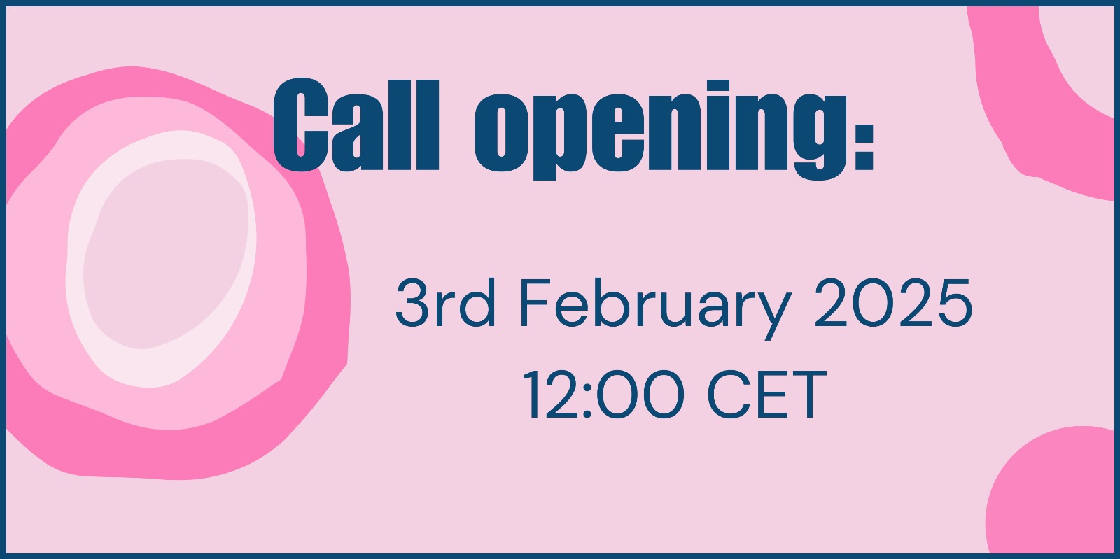


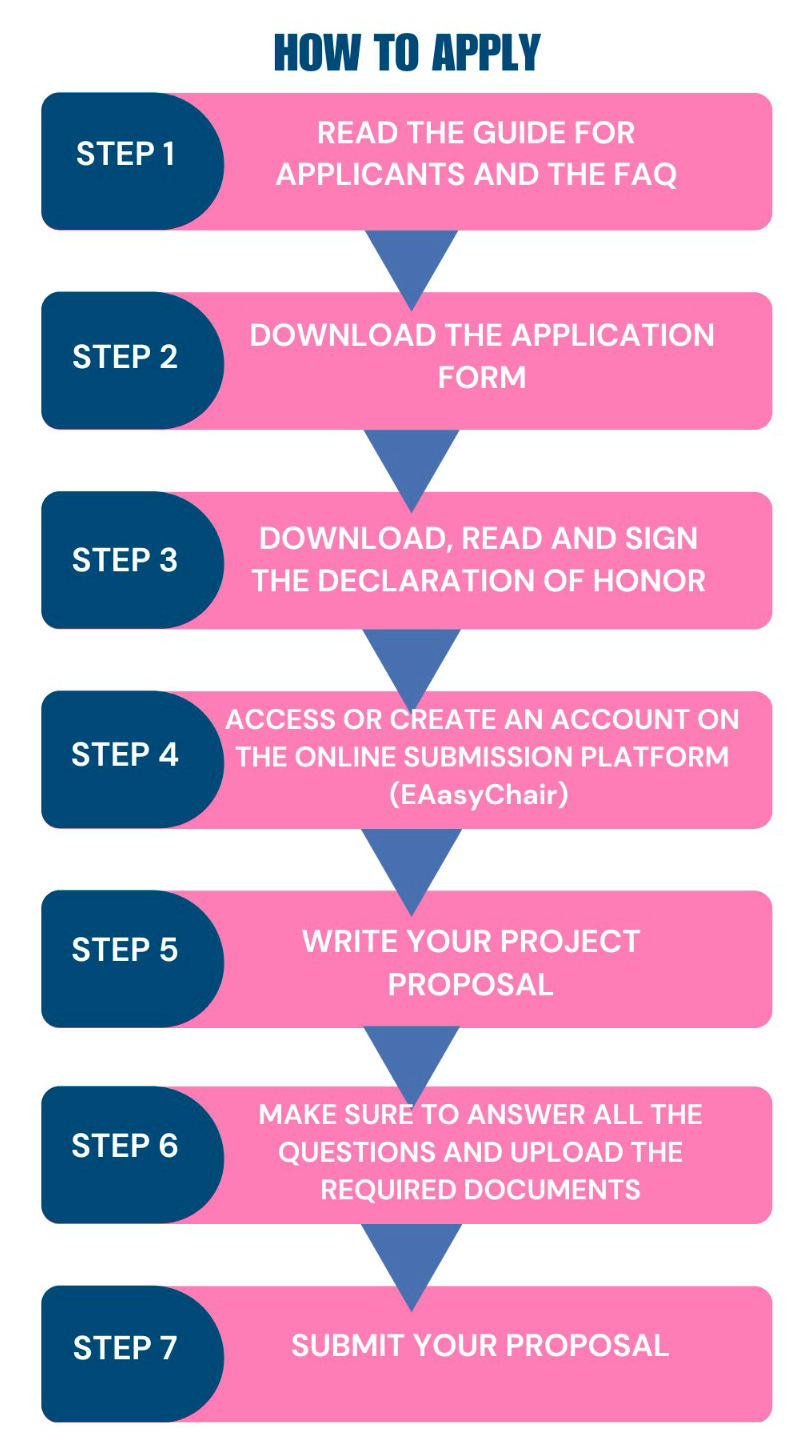
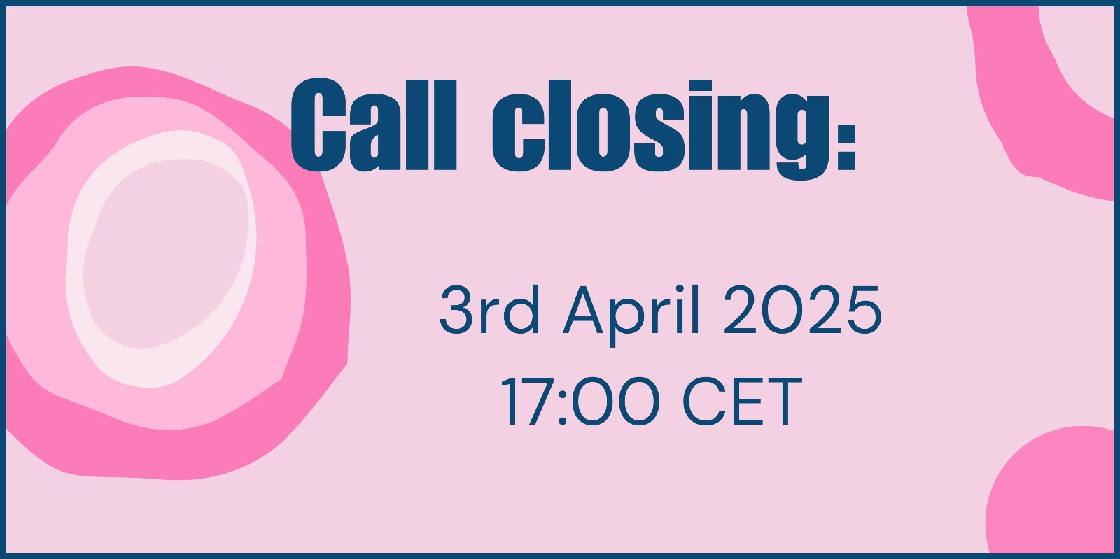
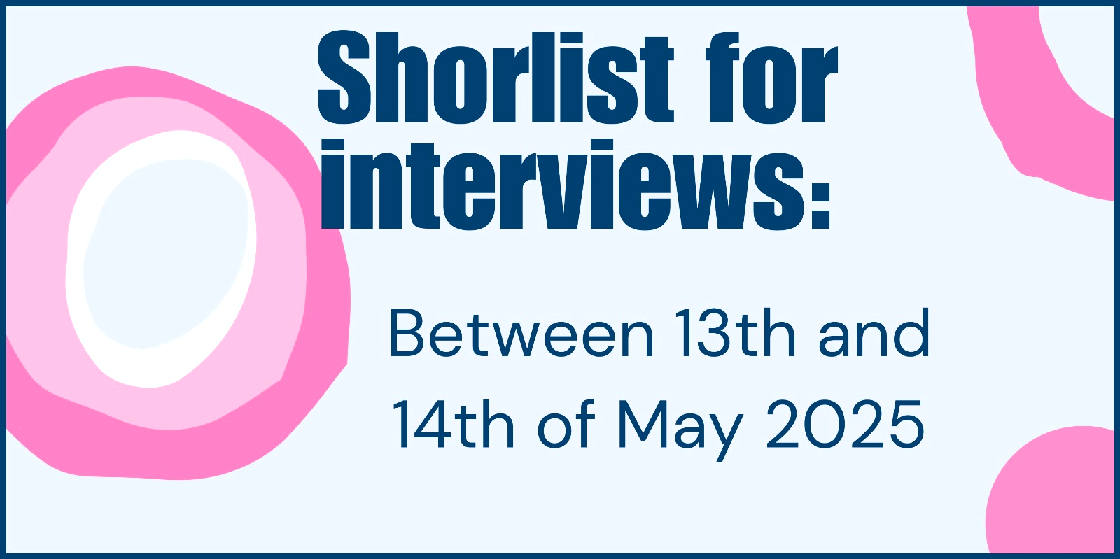
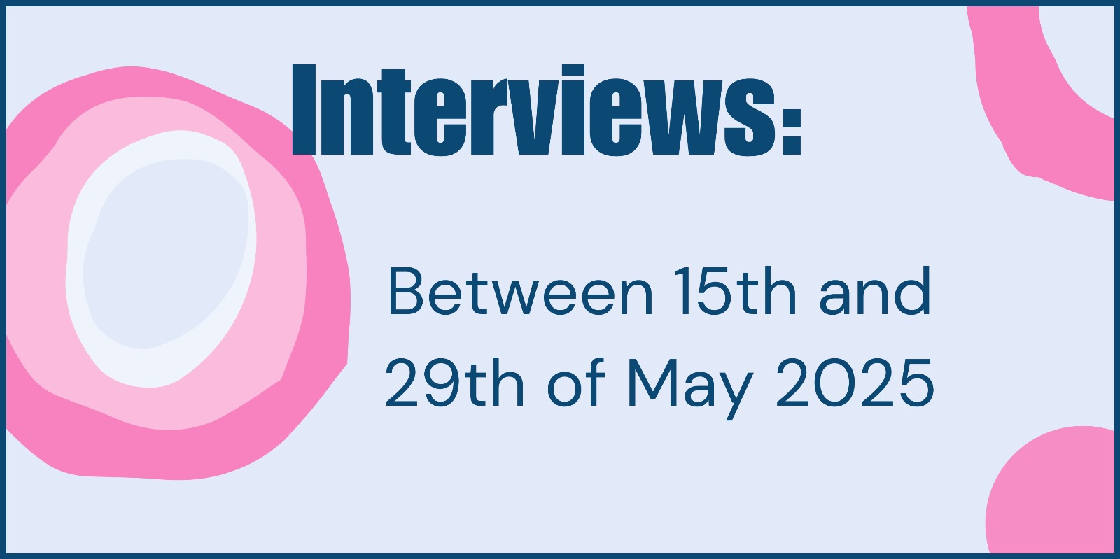
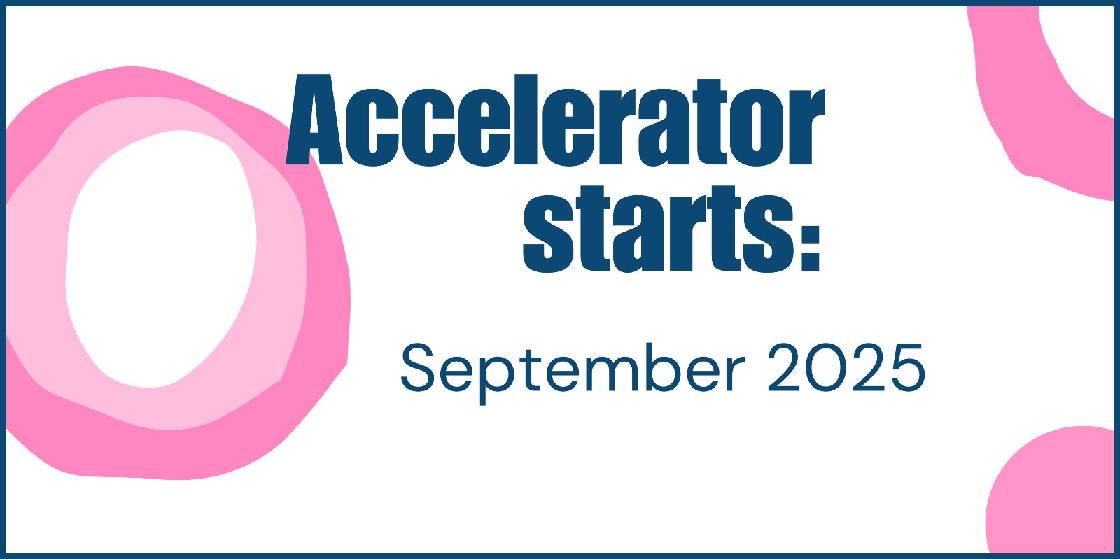
$BILLION DOLLAR WHALE

If
we are going to save our waters and oceans, we need to significantly
raise awareness of the issues. We need more competitions like these to
make that happen. Well done EU. Keep up the good work. The Kulo-Luna
project is just one example of art in action.
If you need any further assistance please contact
CMMI at
opencall@partart4ow.eu
PartArt4OW is funded by the European Union’s Horizon Europe
research and innovation programme.
https://partart4ow.eu/
https://partart4ow.eu/


COULD
KULO-LUNA BECOME A
MODERN MOBY DICK?
PartArt4OW
- Proposal for an adapted & illustrated version of the Kulo-Luna
script, with local exhibition & interactive art competition 2025.
It's a tall order. Nobody wants to read 600 plus pages these days. It's tricky to give one definitive page count for "Moby-Dick," as it varies significantly between editions. The original 1851 U.S. (American) edition of "Moby-Dick" was around 635 pages.
Modern editions, especially those with critical apparatus or extensive notes, can vary widely. Some Penguin Classics editions, for example, can run to over 700 pages.
The condensed versions are more popular, around 200 pages.
In
the pages of the proposed (interactive) novel, artists will be
encouraged to submit their artwork to the Cleaner Ocean
Foundation, on
various conservation subjects - all ocean related. The best of which are to be
exhibited in the "Plastic Hall." With certificates going to
the winners and runners up, together with a specially commissioned and
limited edition 'Kulo-Luna' mug or pen.
The
novel will be available on Amazon, offered to schools and colleges at a discount rate, and
available in libraries. Local educational entities might visit the
exhibition at the Museum in
Herstmonceux,
East
Sussex, not far from the
famous Herstmonceux Castle Estate, as an inspirational local venue, where they
might take photographs of the exhibition halls, etc. A tour guide will
be available to explain and (where applicable) show the exhibits in
action. Most notably their wind
tunnel, water test tank and the solar tracking
system on
the Elizabeth Swann model, at the cutting edge of
solar and
hydrogen
technology.
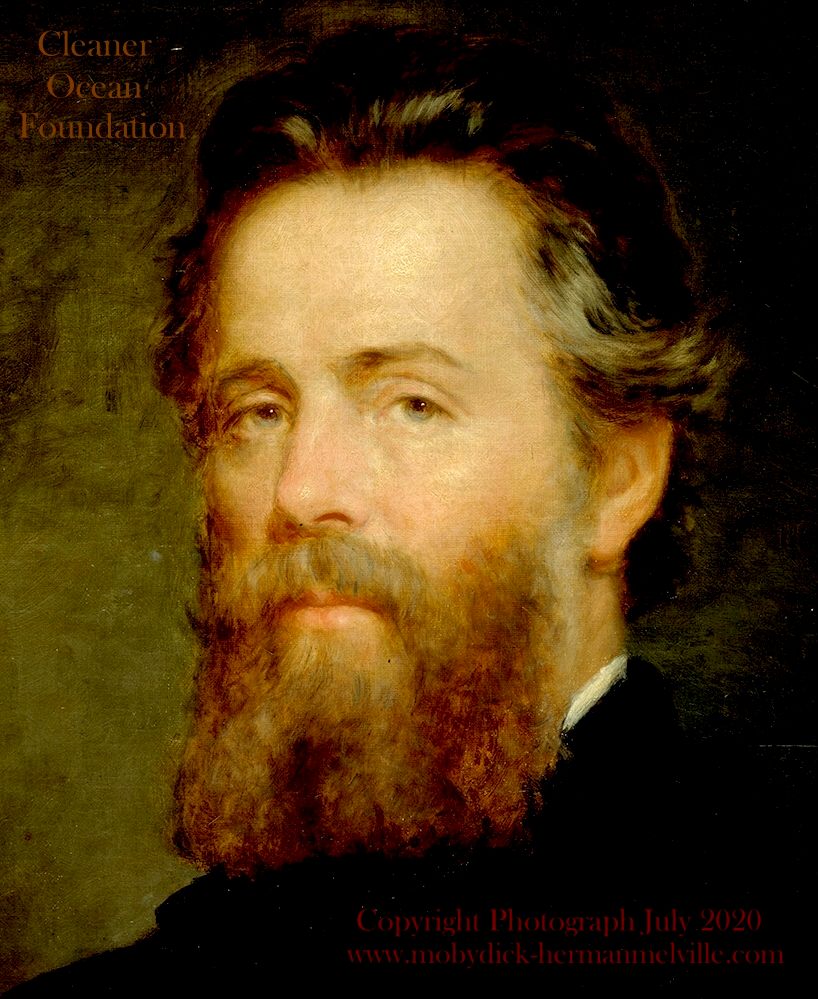
Herman
Melville was the author of Moby
Dick, a story of what we'd now consider an illegal
activity;
the commercial hunting of whales for oil and meat. But in his day such
enterprise was where fortunes were made in a dangerous environment. Then petroleum was distilled
for cars and diesel oils for larger engines, and the electric light bulb
was invented. All of which relieved the pressure on whale populations,
but not before endangering them. And then plastic came along.
THE
WHALE'S ADVOCATE: HOW HERMAN MELVILLE'S "MOBY-DICK" CHANGED
OUR VIEW OF THE DEEP
In the annals of literature, few works have so profoundly shaped our understanding of the natural world as Herman Melville's "Moby-Dick." Beyond its epic tale of obsession and revenge, this 1851 masterpiece stands as a powerful, albeit unintentional, testament to the majesty of whales and a stark indictment of the brutal whaling industry that threatened their very existence. Was Melville, the struggling author who penned this sprawling saga, the first ocean awareness activist? While he might not have wielded placards or penned political manifestos, his art spoke volumes, echoing through the decades to resonate with a modern world grappling with ecological crisis.
Melville, a man intimately acquainted with the sea's vastness, having served aboard whaling ships himself, imbued "Moby-Dick" with a visceral understanding of the ocean's creatures. He painted whales not as monstrous leviathans, as was common in the popular imagination, but as sentient beings, worthy of awe and respect. Moby Dick, the iconic white sperm whale, becomes more than just a symbol of Ahab's obsession; he embodies the raw, untamed power of nature, a force to be reckoned with.
The novel's unflinching portrayal of the whaling industry's cruelty is equally impactful. Melville's descriptions of the harpooning, the butchery, the sheer industrial scale of the slaughter, are harrowing. He doesn't shy away from the blood and the suffering, forcing readers to confront the moral implications of humanity's relentless pursuit of profit. In an age where the natural world was seen as a resource to be exploited, Melville dared to humanize the hunted.
Yet, Melville's activism was not overt. "Moby-Dick" was not a call to arms, but a work of art, rich in symbolism and philosophical depth. It was a story that seeped into the collective consciousness, slowly altering perceptions, fostering empathy where there had been none. Though initially met with critical indifference and financial ruin, the novel's power endured.
While Melville toiled in obscurity, his words were quietly shaping a new narrative. He challenged the prevailing view of whales as mere commodities, planting the seeds of a nascent environmental consciousness. The image of the noble whale, fighting for survival against relentless human aggression, resonated with later generations, fueling the growing movement to protect these magnificent creatures.
Was Melville the first ocean awareness activist? Perhaps not in the traditional sense. But his legacy is undeniable. He used the power of storytelling to illuminate the plight of whales, to make us see them not as beasts, but as beings deserving of our respect. His "Moby-Dick" remains a potent reminder of humanity's capacity for both wonder and destruction, a call to reflect on our relationship with the natural world.
Today, as we grapple with the consequences of environmental degradation, Melville's message rings truer than ever. His work stands as a testament to the enduring power of art to inspire change, to awaken our conscience, and to remind us that the fate of the ocean's giants is inextricably linked to our own.

https://cordis.europa.eu/project/id/101157247
https://www.cmmi.blue/partart4ow/
https://www.uniroma1.it/en/pagina-strutturale/international
https://www.t-6.it/
https://fundacionepica.org/
https://regeneranetwork.com/
https://www.raw-news.net/ https://cordis.europa.eu/project/id/101157247
https://www.cmmi.blue/partart4ow/
https://www.uniroma1.it/en/pagina-strutturale/international
https://www.t-6.it/
https://fundacionepica.org/
https://regeneranetwork.com/
https://www.raw-news.net/

Please use our
A-Z INDEX to
navigate this site or return HOME
|






















